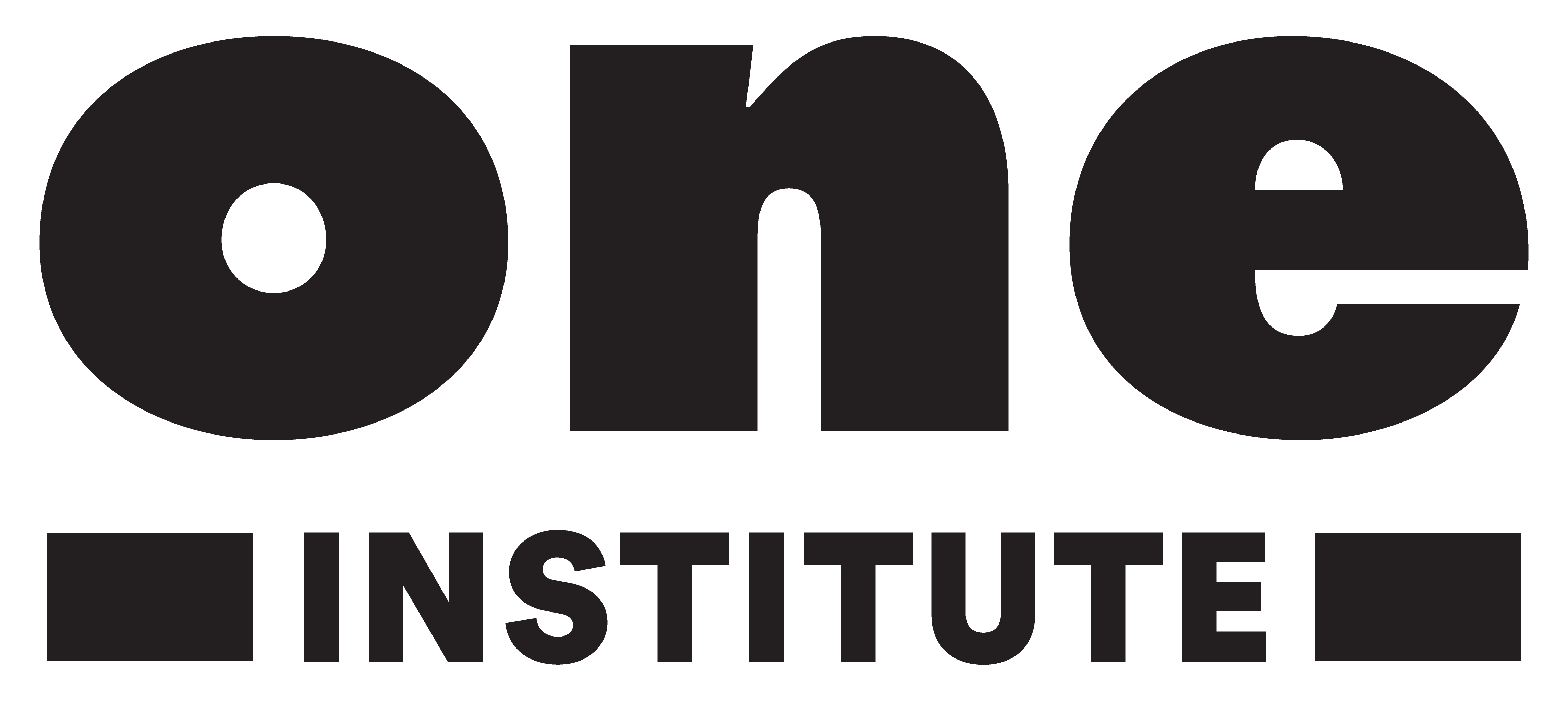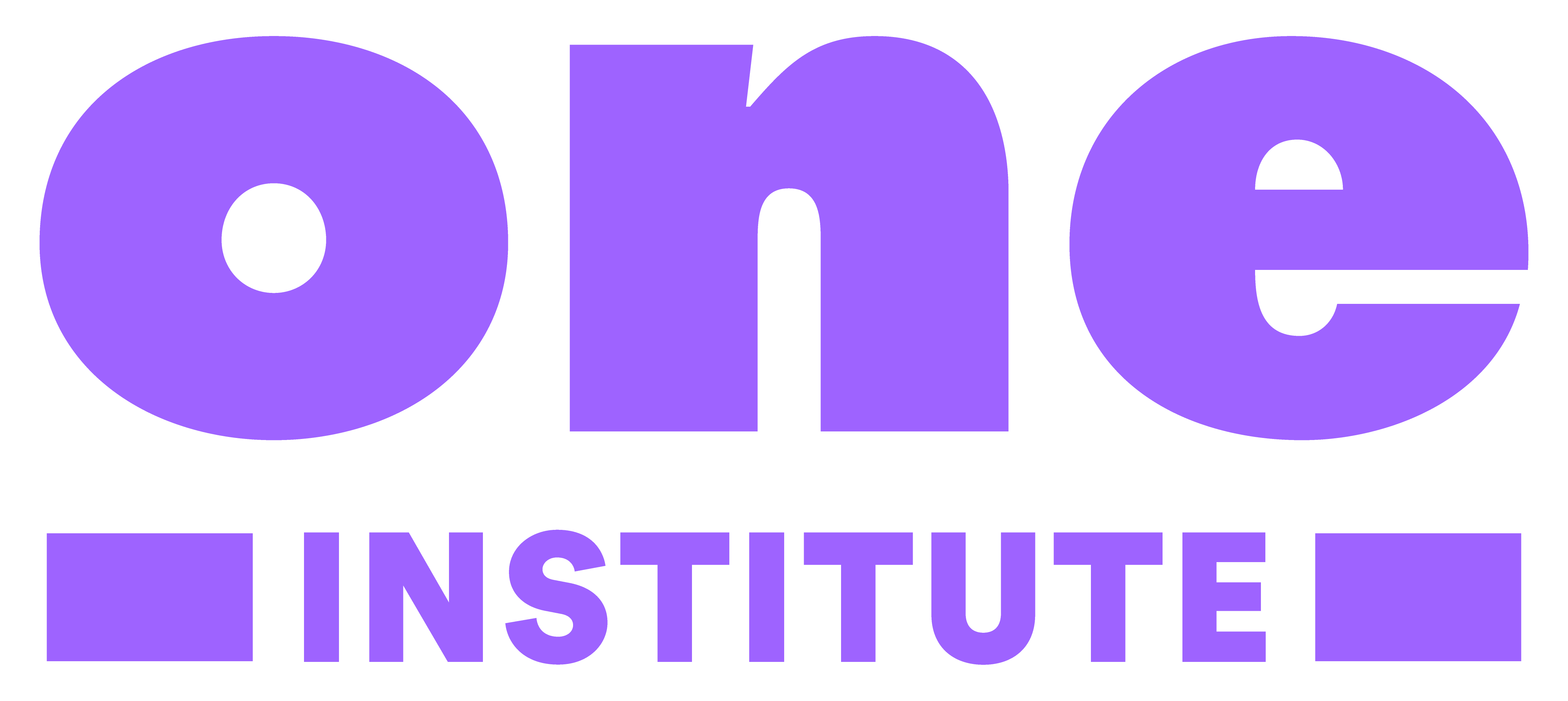LGBTQ+ HISTORY LESSON PLANS
One Institute’s lesson plans on LGBTQ+ history are developed in partnership with K-12 teachers, using primary sources from ONE Archives at the USC Libraries. Aligned to Common Core standards and California’s History-Social Science Framework, these resources are produced in collaboration with the UCLA History-Geography Project and the Los Angeles LGBT Center through our summer teacher programs.
Our lesson plans support implementation of California’s FAIR Education Act. California law requires that the experiences and contributions, both historical and contemporary, of the LGBTQ+ community, people of all genders, people of color, and immigrants are positively included in history/social studies instruction, from kindergarten through 12th grade.
We invite educators to explore, download, remix, and teach the lesson plans featured below.
New lesson plans, including resources for K-8 teachers, were published in June 2025. Check out coverage from LGBTQ Nation.
One Institute continues to monitor the impact of the U.S. Supreme Court’s Mahmoud v. Taylor (2025) ruling on LGBTQ+-inclusive instruction. For California public school leaders and educators, the ACLU of Southern California has published a Legal FAQ.
For inquiries about lesson plans and our K-12 teacher programs, or to share stories of our resources in your classroom, please email Trevor Ladner, Director of Education Programs, at [email protected].
NEW K-12 LESSON PLANS
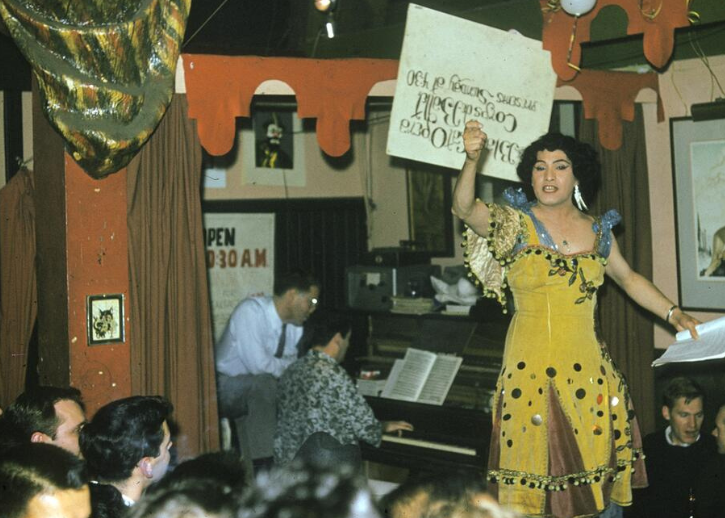
Strong Community Members
What are some ways we can show how to be a strong community member?
Kindergarten
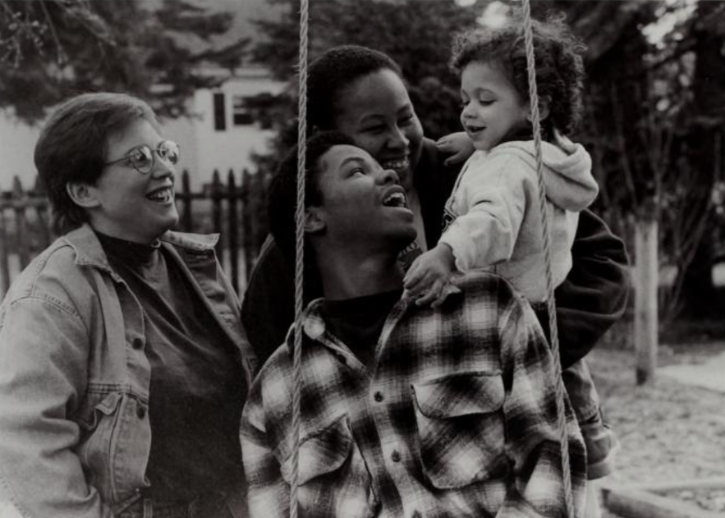
Family & School
How is our life different from those who lived in the past, and how is it the same?
1st Grade
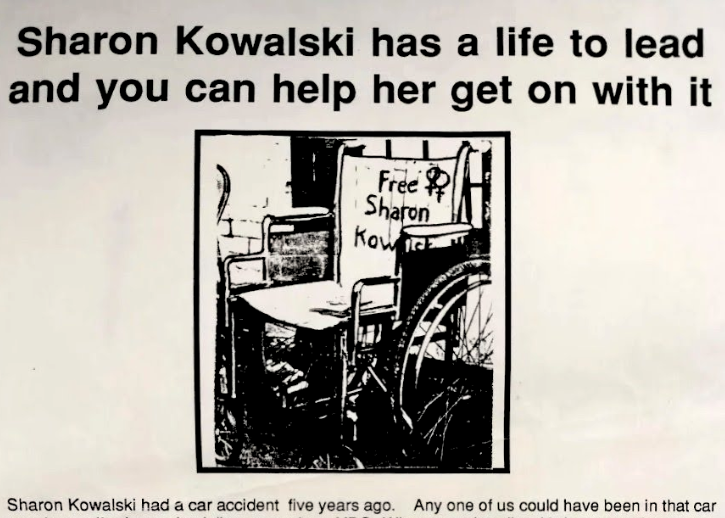
Intersectional Activism
To what extent did historical figures agree or disagree with “all men are created equal” during their activism?
8th Grade U.S. History
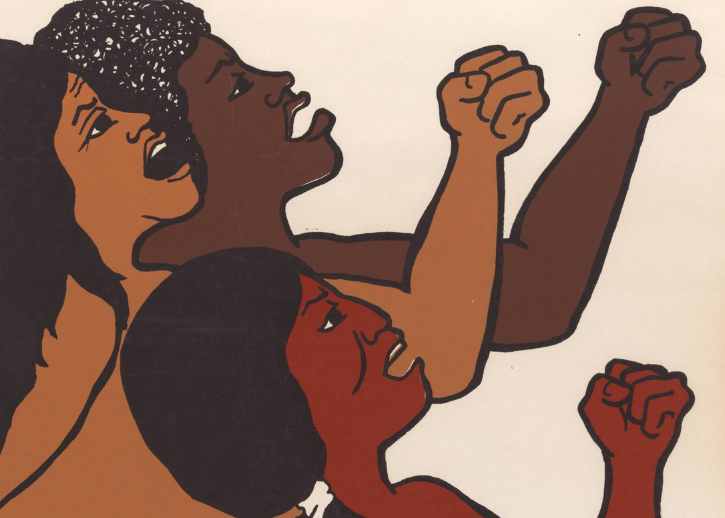
Pseudoscience
How has pseudoscience been used to harm LGBTQ+ people?
8th Grade Science
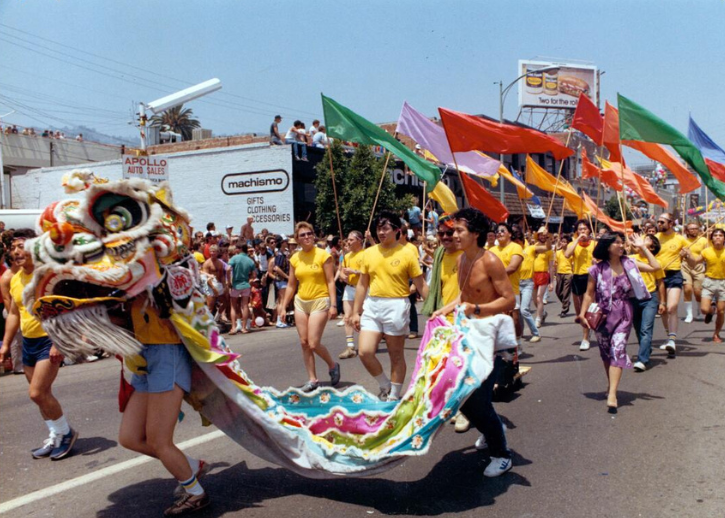
AAPI Community Organizing
What role did community organizations play in supporting queer AAPI people in the 1980s and 1990s?
9th Grade Ethnic Studies
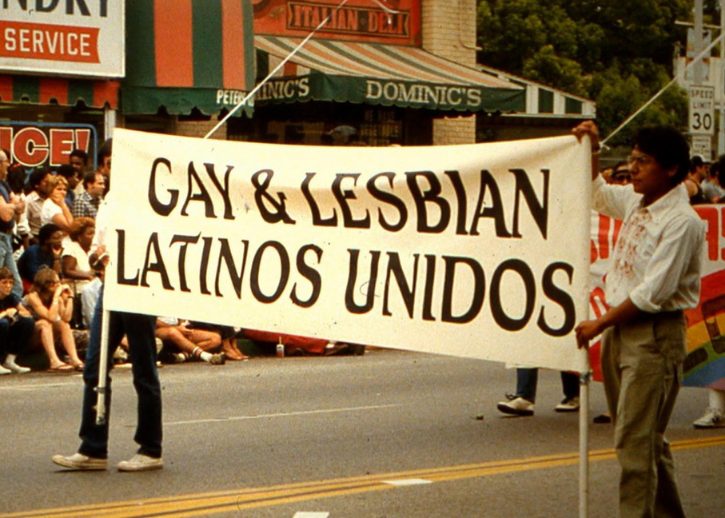
Gay & Lesbian Latinos Unidos
How did Gay and Lesbian Latinos Unidos (GLLU) use solidarity to advance various movements for equality in the 1980s and 1990s?
Ethnic Studies; 11th Grade U.S. History
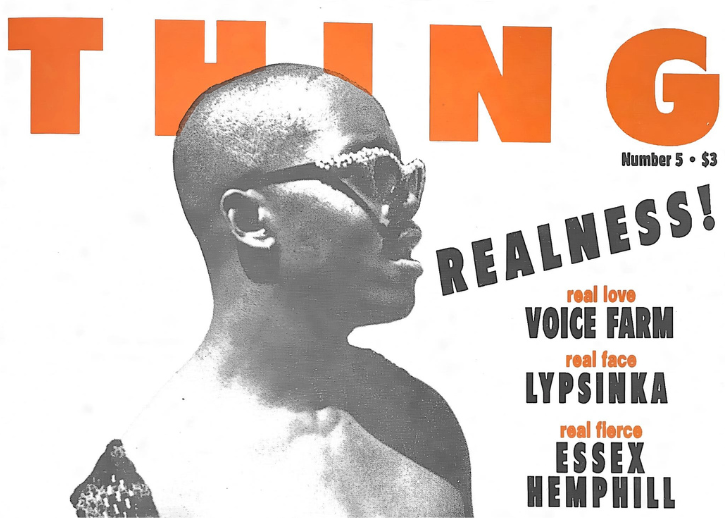
Zines as Resistance
How have marginalized groups used zines to build community as a form of resistance?
Ethnic Studies; 11th Grade U.S. History
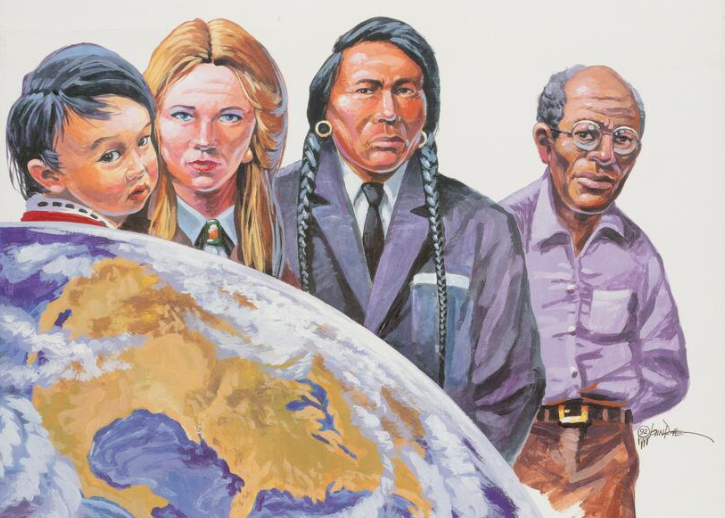
Native American HIV/AIDS Activism
How did indigenous communities respond to the HIV/AIDS epidemic of the 1980s and 1990s?
Ethnic Studies; 11th Grade U.S. History
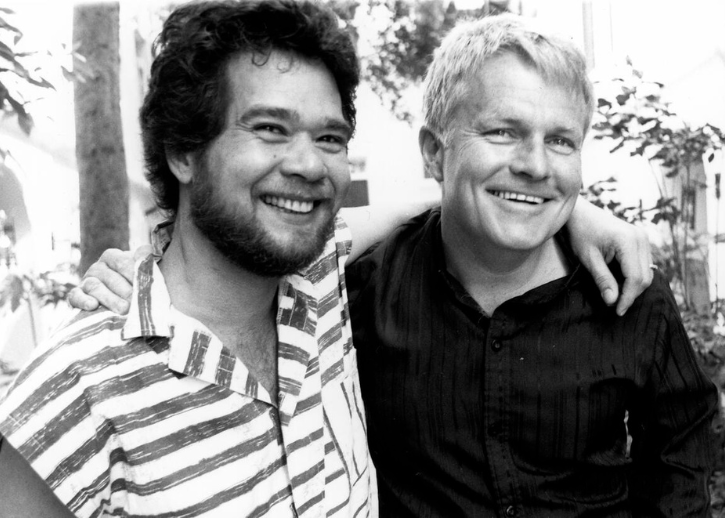
Immigration Policy
How did LGBTQ+ immigrants push for more inclusive immigration policies in the 1970s and 1980s?
12th Grade U.S. Government
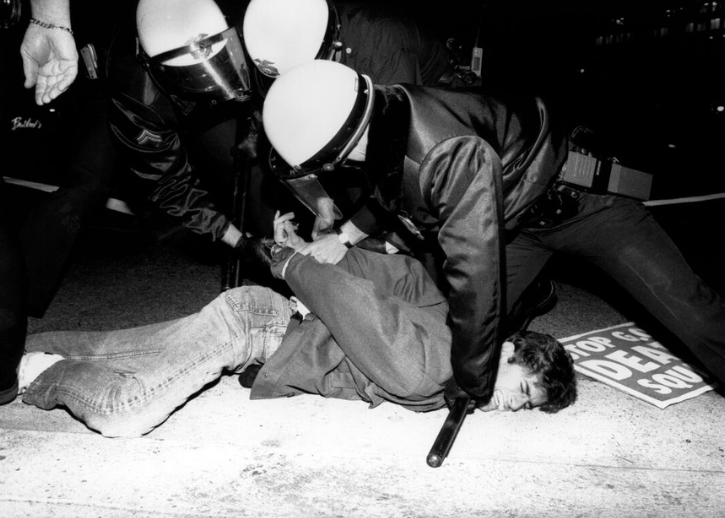
Civil Disobedience
How did civil disobedience advance LGBTQ+ civil rights during the AIDS crisis of the 1980s and 1990s?
12th Grade U.S. Government
Visit our Dropbox folder to download and remix DOCX version files of the above lesson plans. Please note: the format of these files may be affected when downloaded, depending on your operating system.
EXPLORE OTHER LESSON PLANS
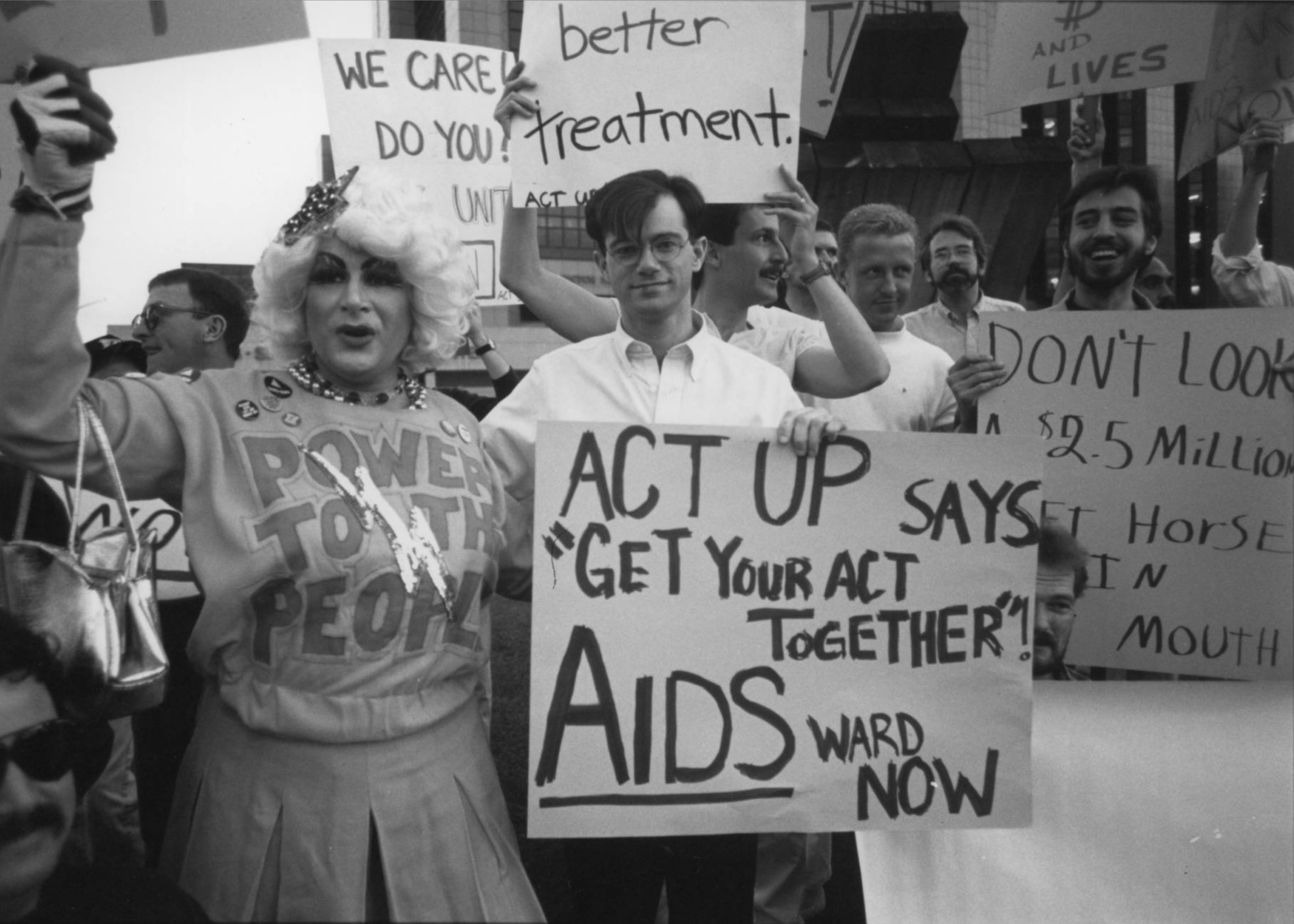
AIDS & HIV Activism
Why and how did activists respond to the AIDS crisis of the 1980s?
11th Grade U.S. History
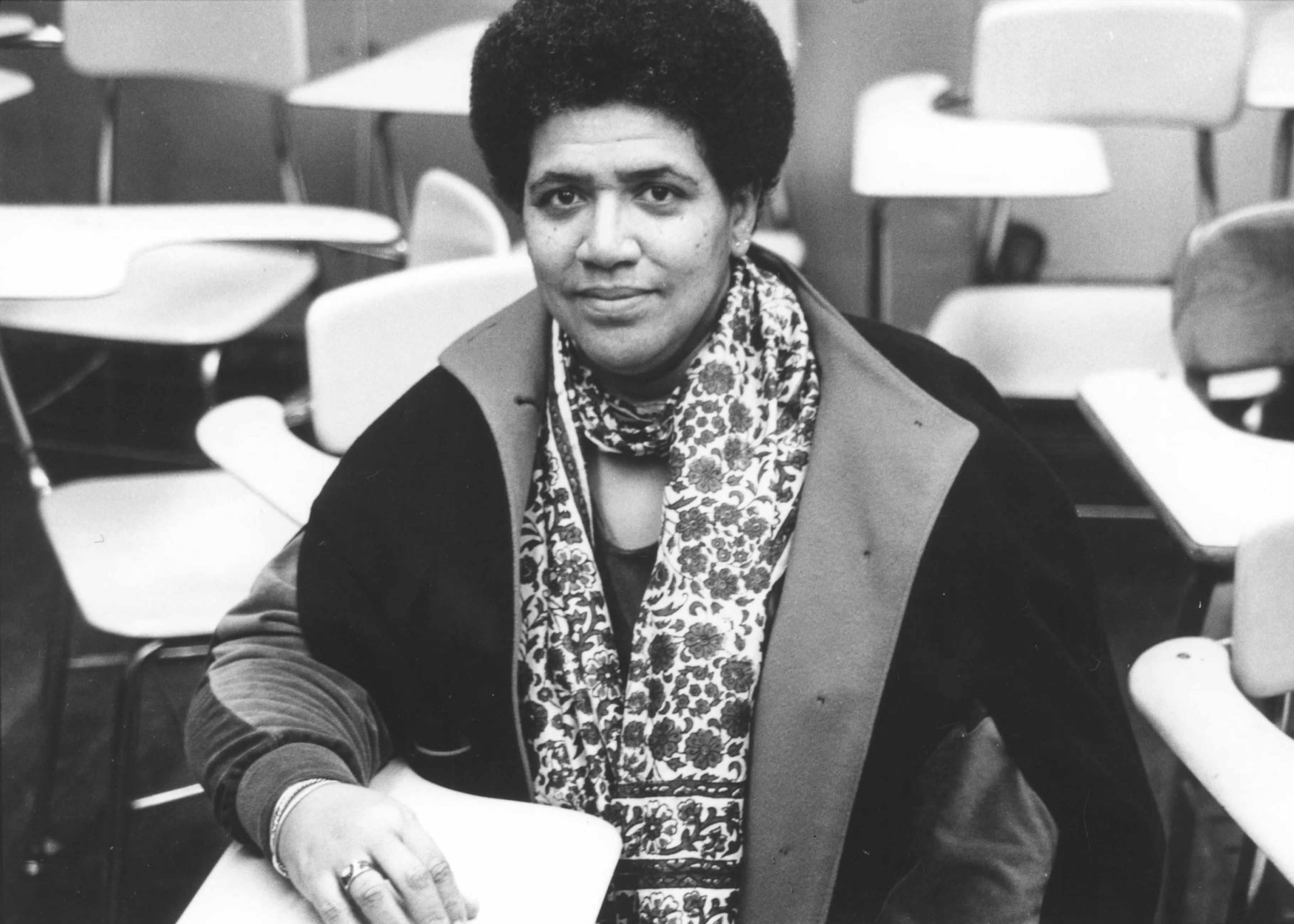
Audre Lorde
How do power and privilege impact relationships between people and with institutions?
11th Grade U.S. History; 12th Grade U.S. Government
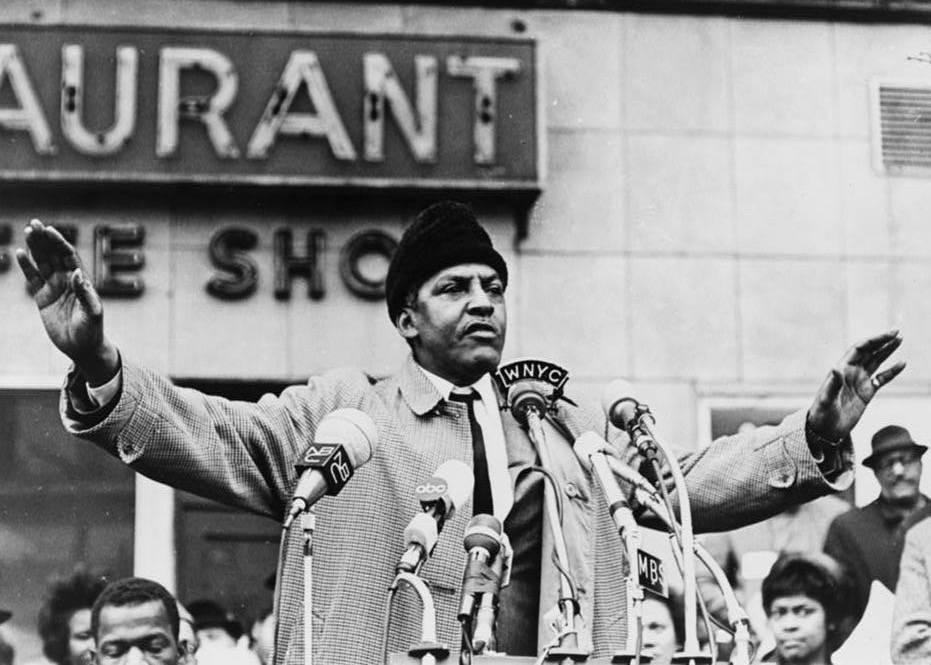
Bayard Rustin
How did Bayard Rustin’s identity shape his beliefs and actions?
11th Grade U.S. History
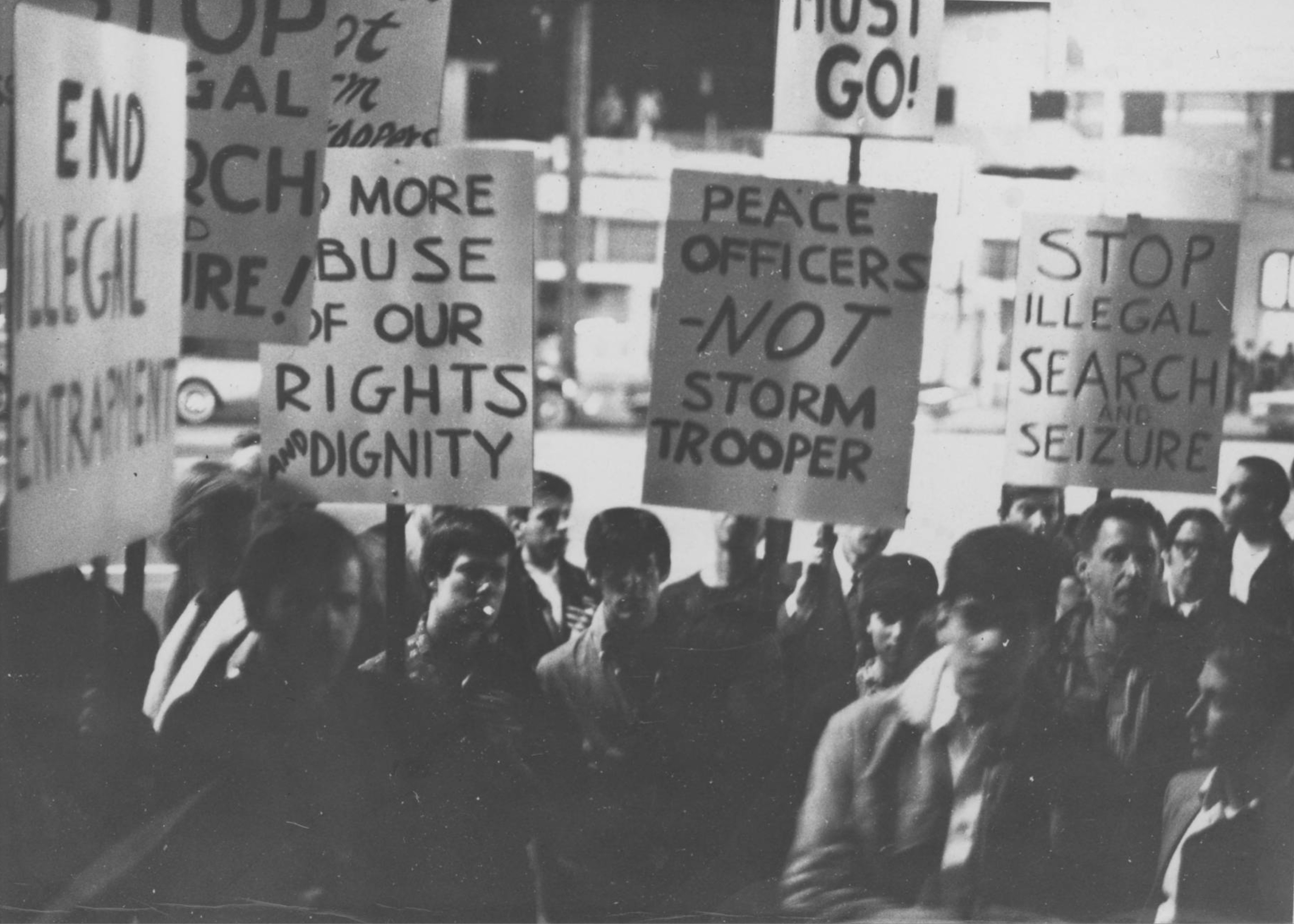
Black Cat Riots
What caused the Black Cat Tavern Riots?
11th Grade U.S. History
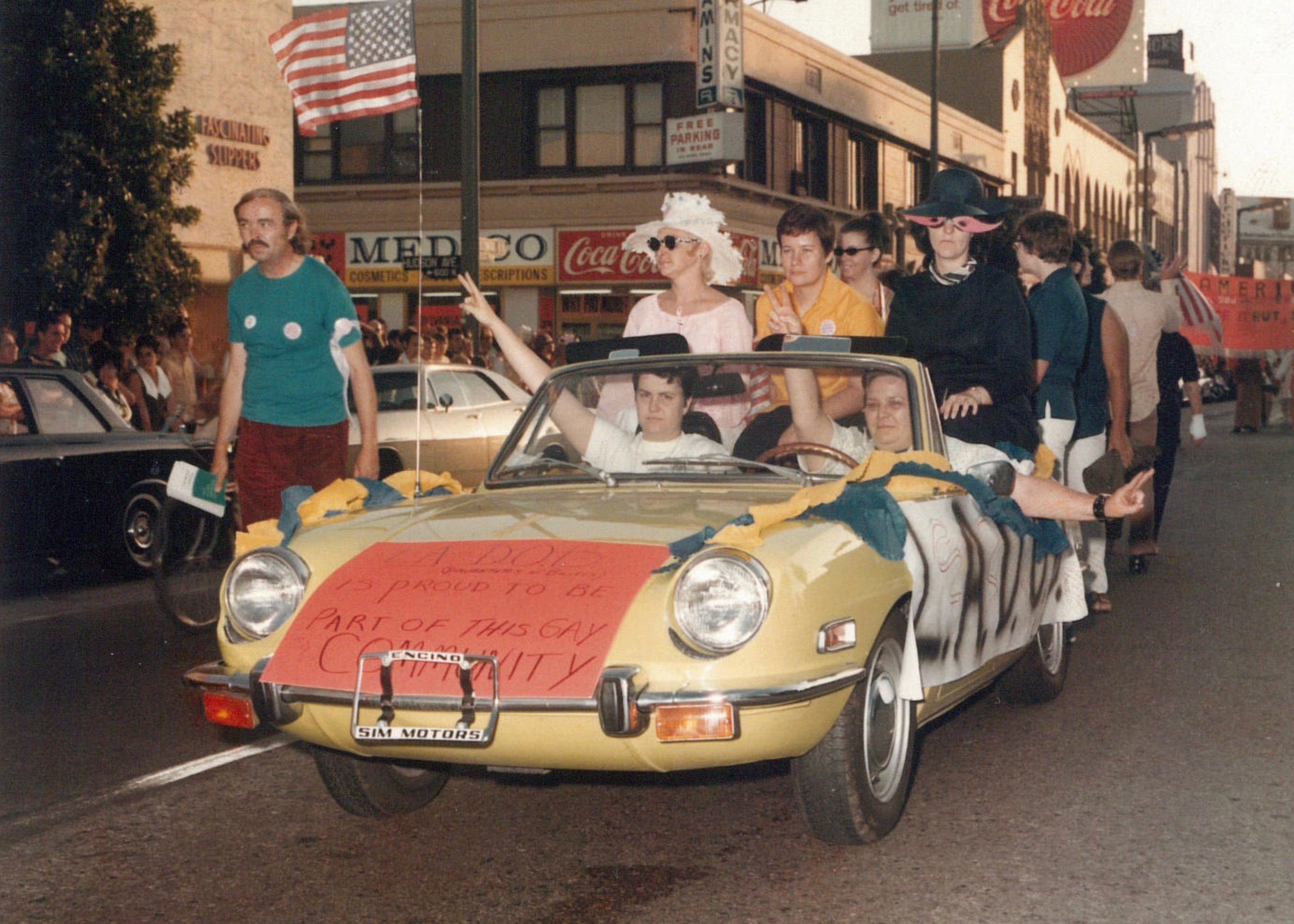
Daughters of Bilitis
How did “The Ladder” magazine provide lesbian women support in the 1950s?
11th Grade U.S. History
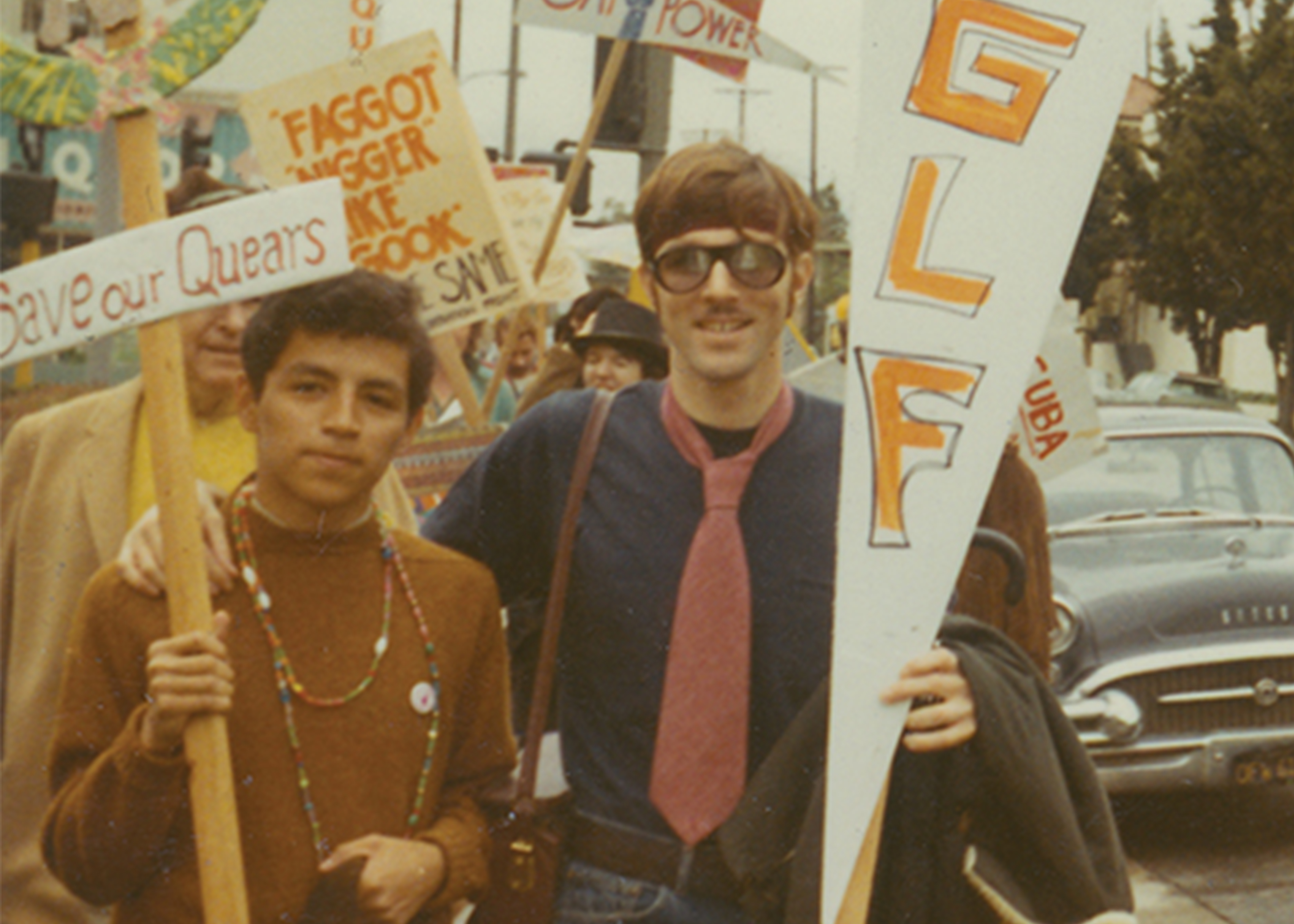
FAIR Education Act
What are students’ rights to LGBT representation in the classroom?
12th Grade U.S. Government
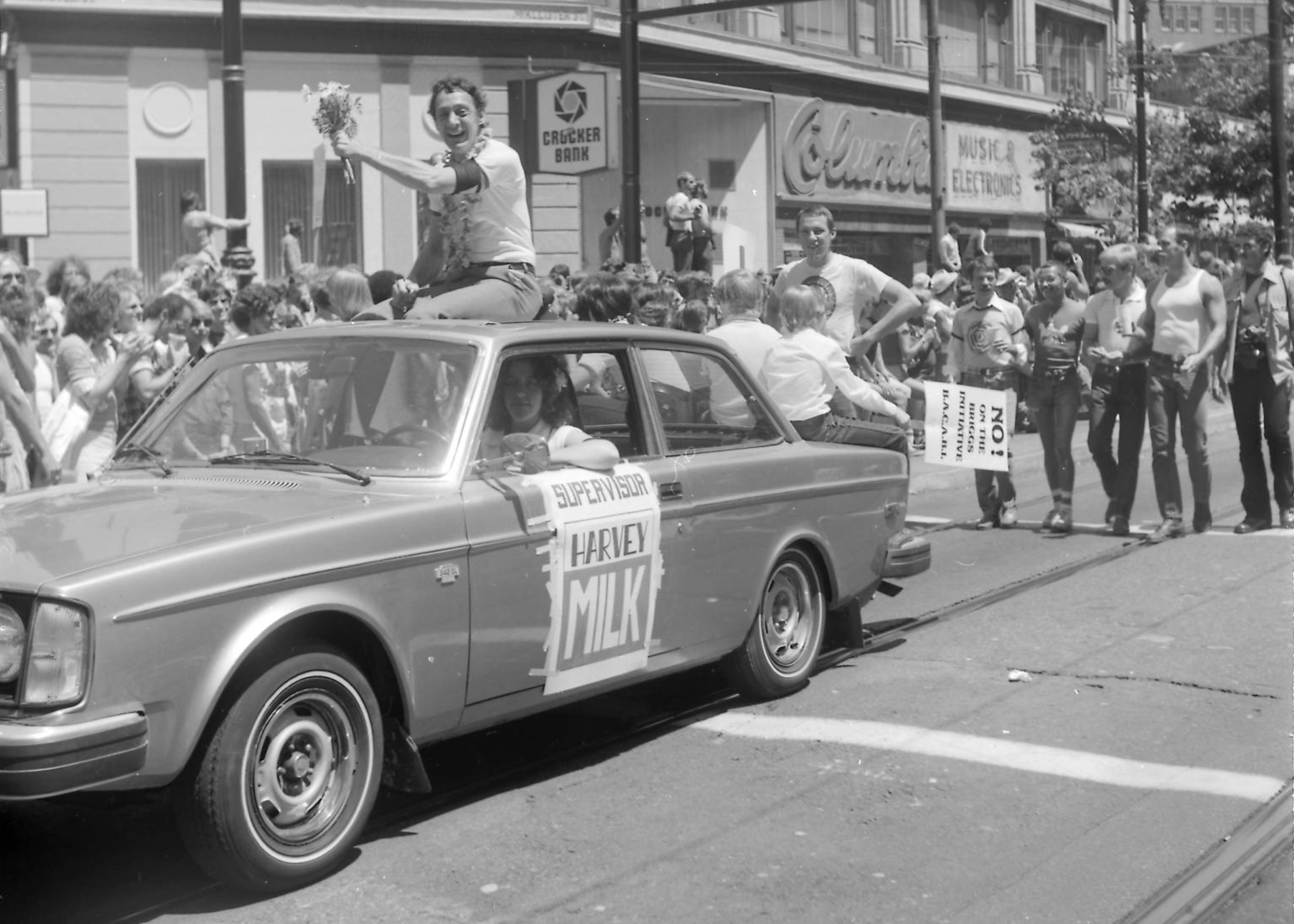
Harvey Milk
How did Harvey Milk and the Briggs Initiative unite marginalized groups?
11th Grade U.S. History

Hollywood, 1920s–1930s
Were LGBT Americans welcome in Hollywood during the 1920s and 1930s?
11th Grade U.S. History
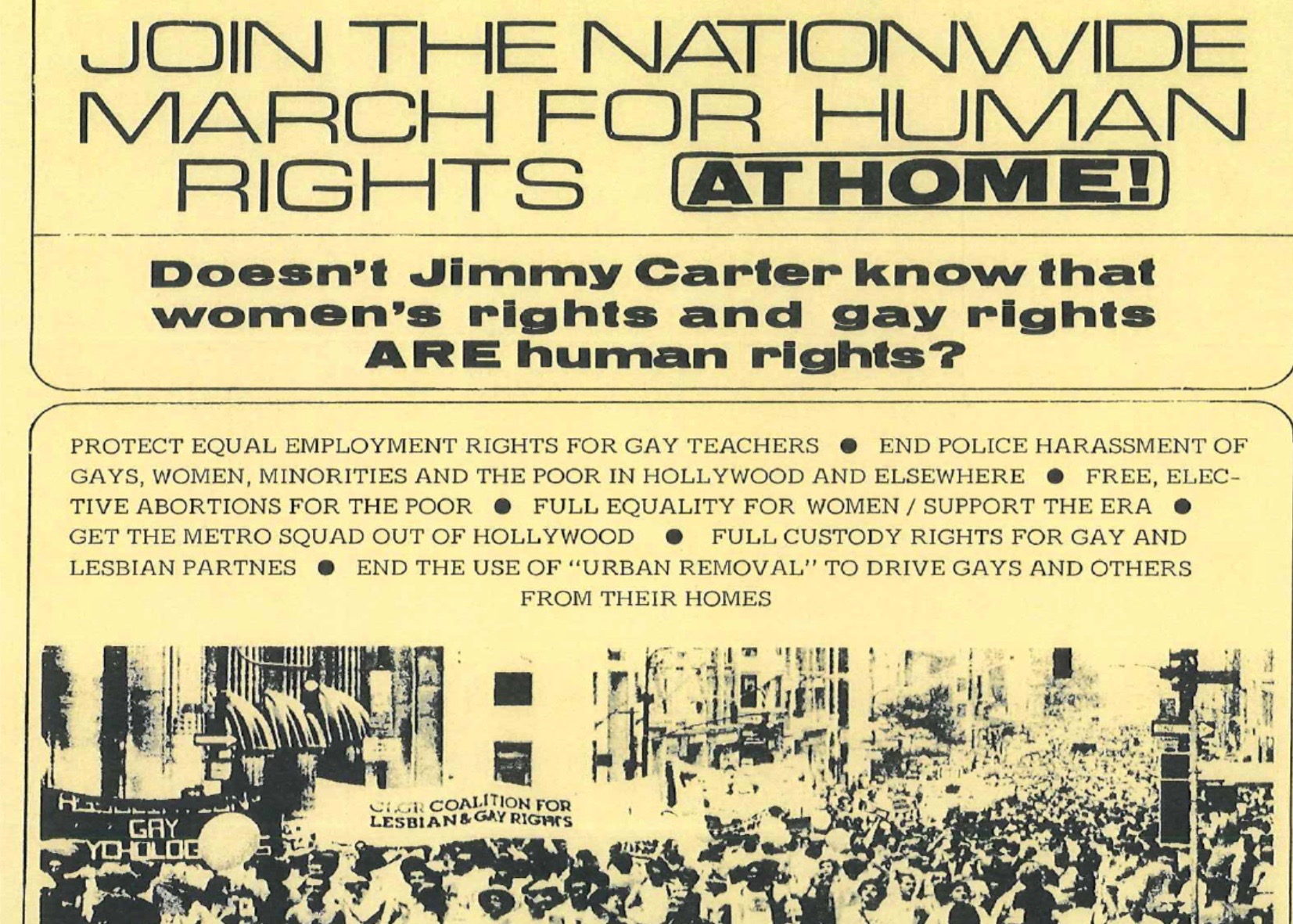
LGBTQ Civil Rights
Was the movement for LGBT rights part of the broader movement for Civil Rights?
11th Grade U.S. History
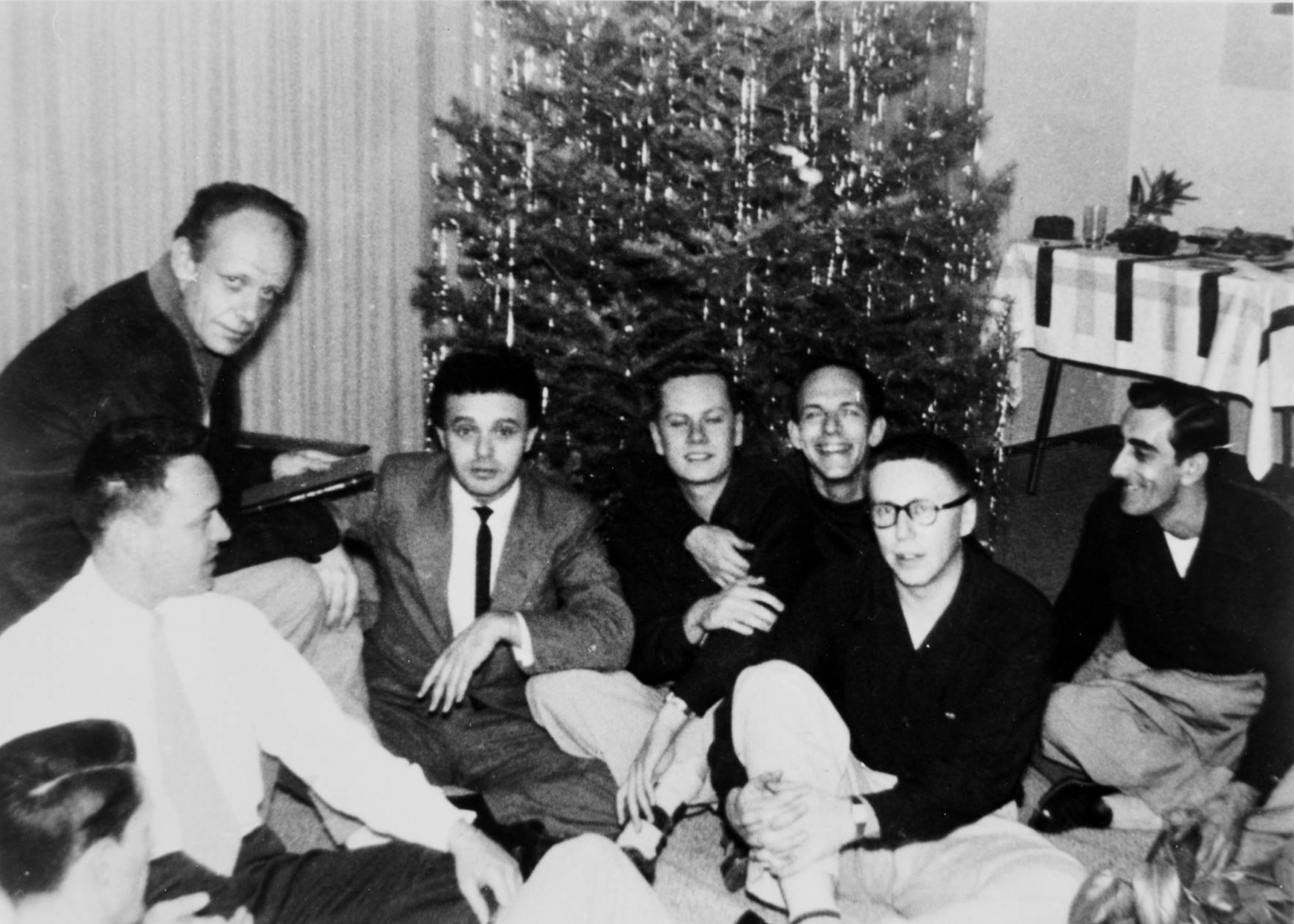
LGBTQ Equality, 1950–1970
How did the movement for LGBT equality go from assimilation to “coming out” in the 1950s – 1970s?
11th Grade U.S. History
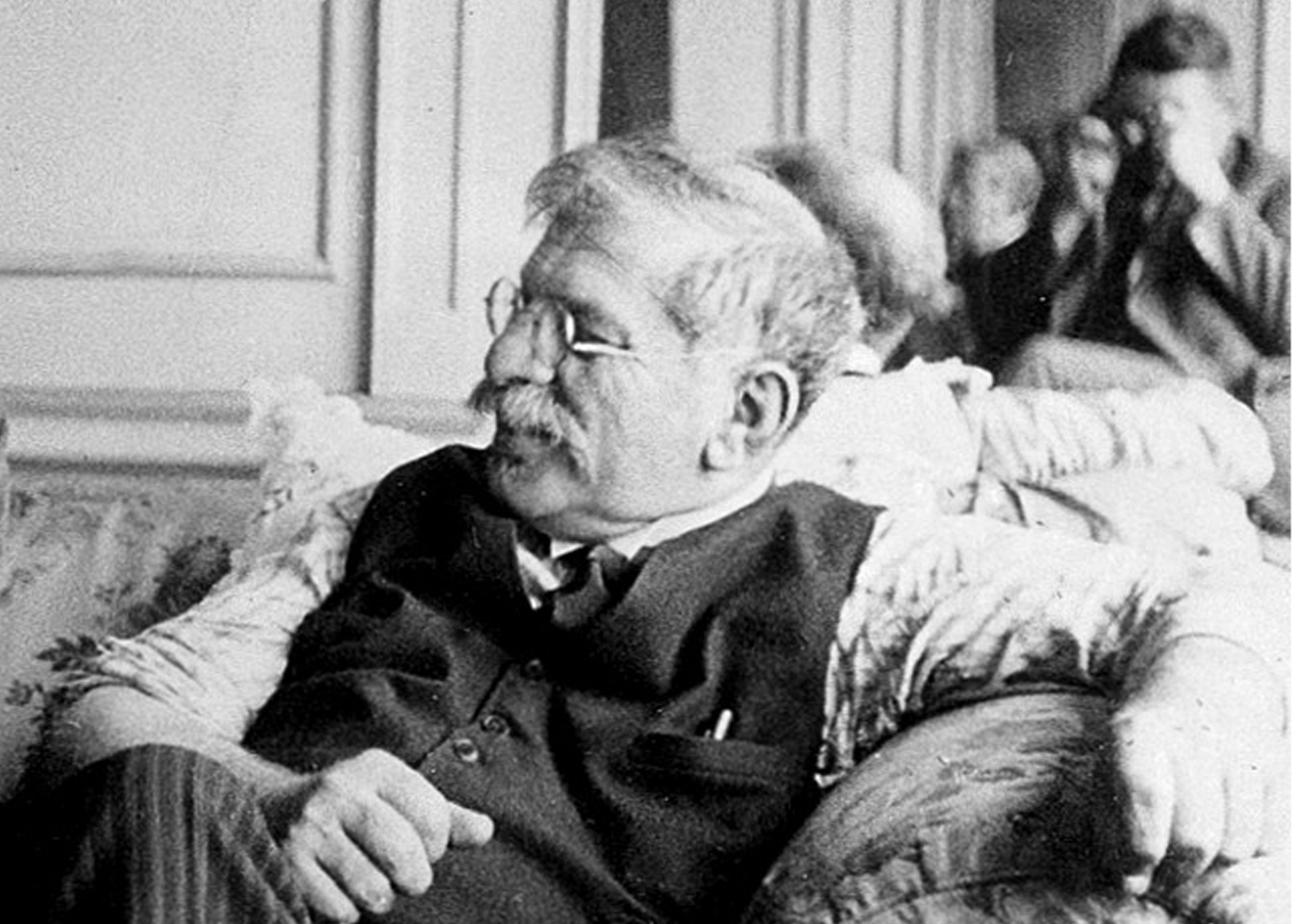
Magnus Hirschfeld
How did Magnus Hirschfeld support and advocate for LGBT people?
10th Grade World History

Urbanization & Gender
How was gender challenged during urbanization in the late-19th Century?
8th Grade U.S. History; 11th Grade U.S. History
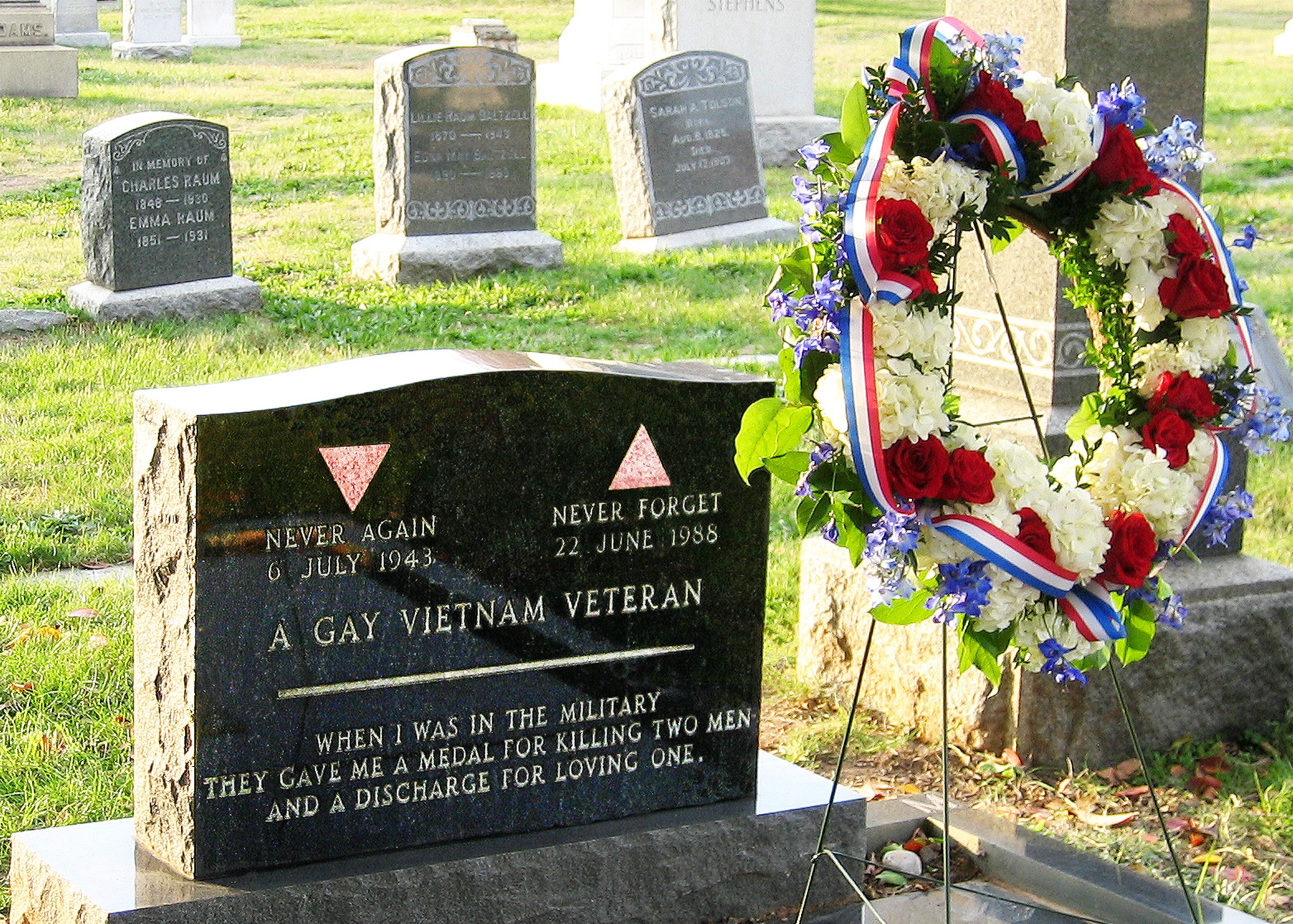
Vietnam War
How did LGBT Americans respond to the Vietnam War?
11th Grade U.S. History
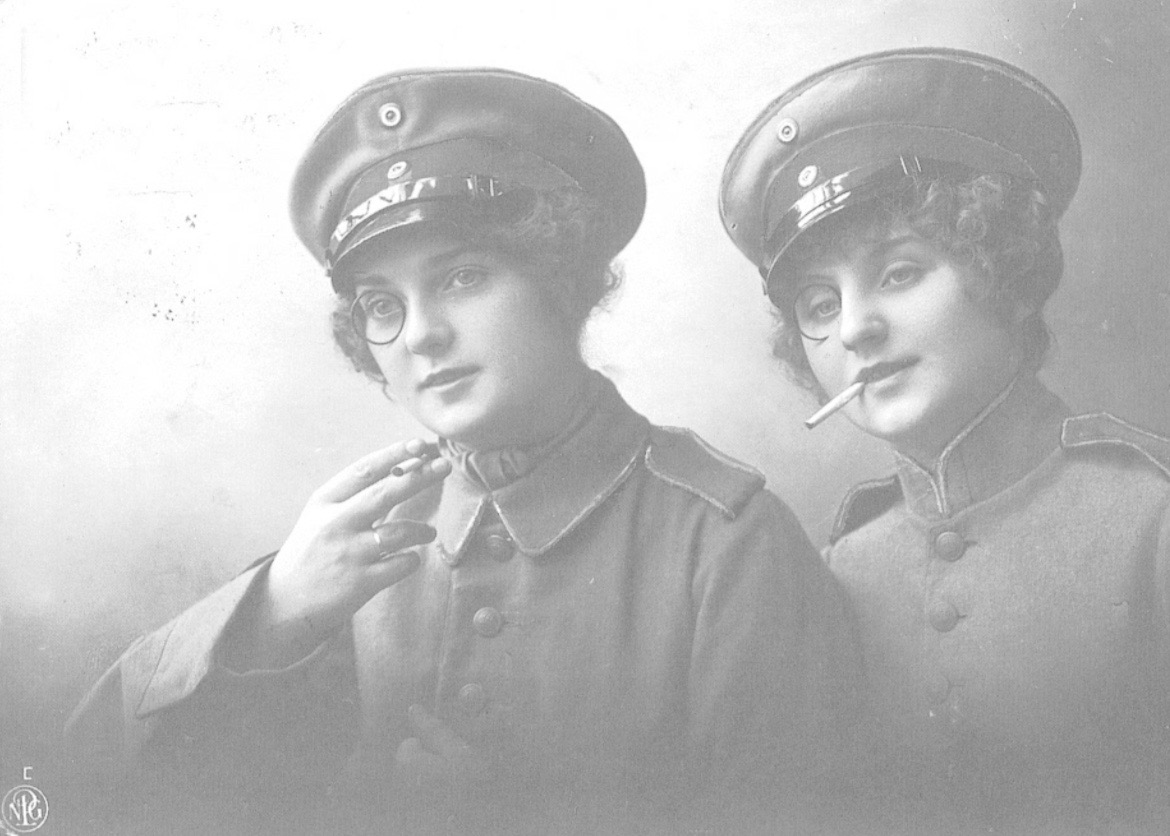
World War I
What role did female impersonation play in allowing soldiers to explore their identity?
10th Grade World History
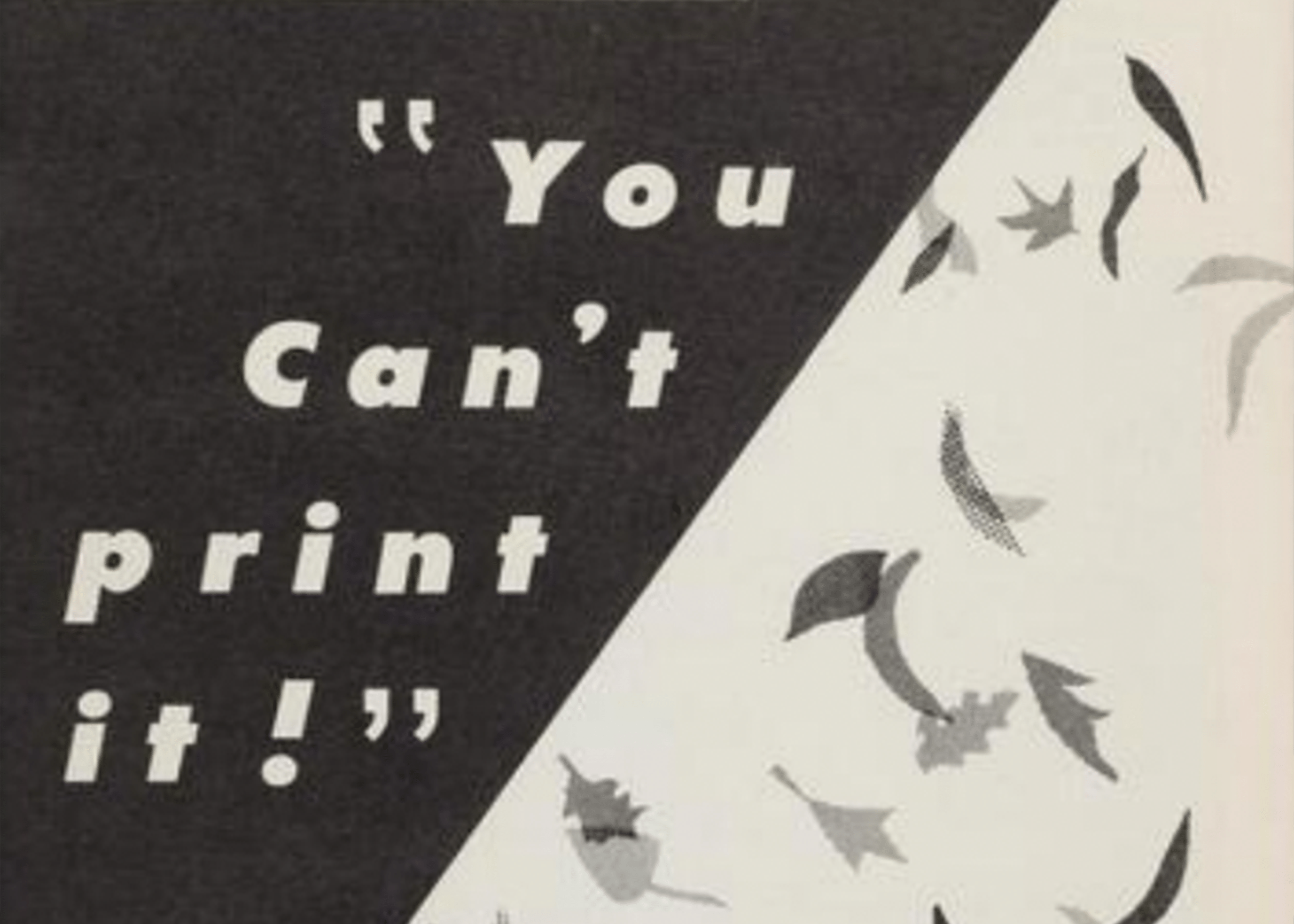
LGBTQ Freedom of Speech
How did One, Inc. v. Olesen (1958) expand freedom of speech for the LGBTQ+ community?
11th Grade U.S. History; 12th Grade U.S. Government
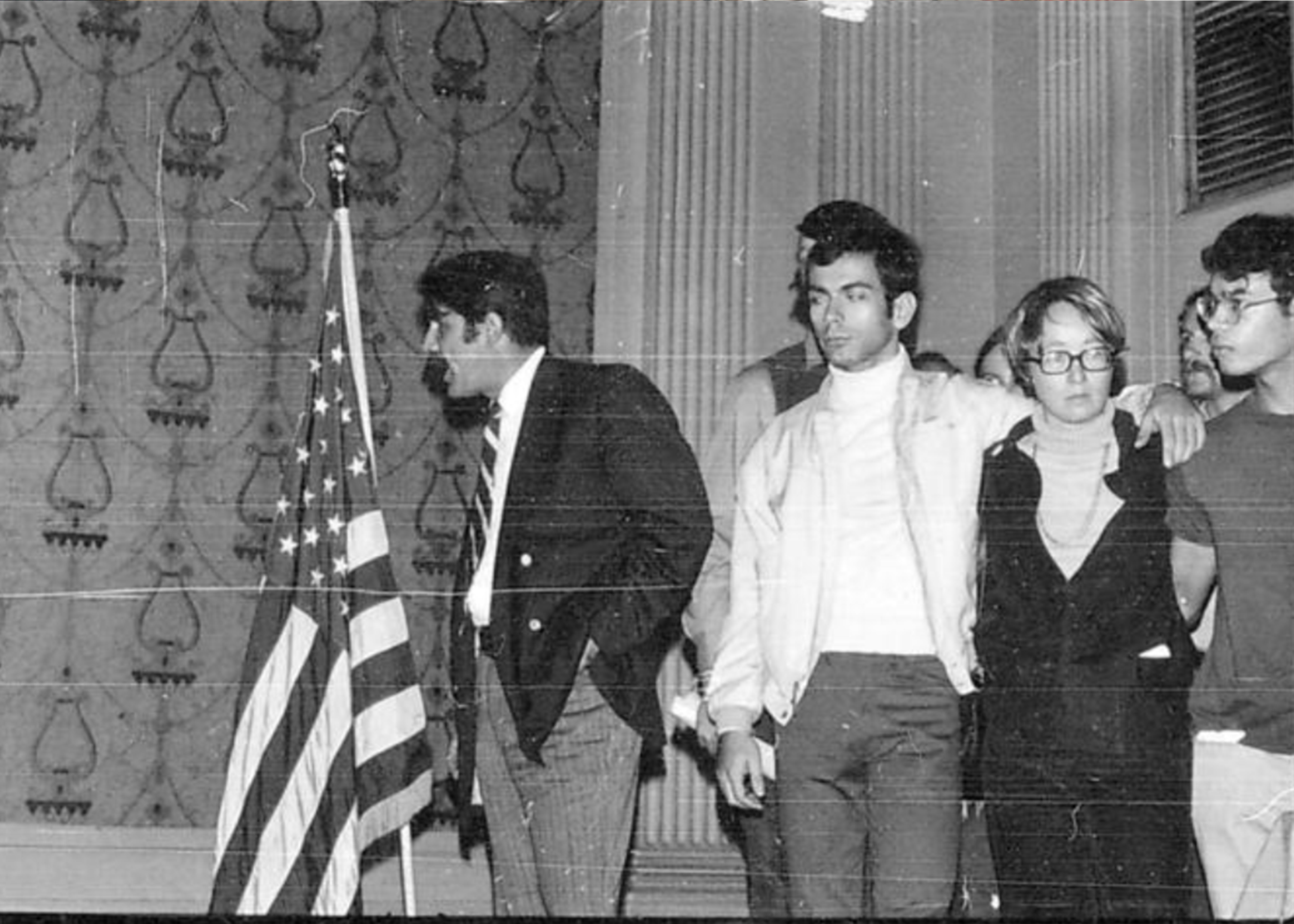
American Psychiatric Association
How did the Biltmore Invasion lead to the de-pathologization of homosexuality?
11th Grade U.S. History
Special thanks to the following teachers for their work in creating these LGBTQ+ History Lesson Plans: Elana Goldbaum, Hala Dillsi, Sasha Guzman, Miguel Covarrubias, Eunice Ho, Chris Lewis, Emily Waldron, Marika Manos, Peta Lindsay, Oliver Treanor Miska, Aditi Doshi, Israel Calderon, Danielle Torrez, Carla Ayala, Olive Garrison, Brian Gonzalez, Kris Sanchez, Jesse Ramirez, Barbara Garringer, Emily Healy, Mx. Hernandez, Mayra De La Torre, Paige Shakeri, and Teacher Kirkwood.
EXPLORE MORE RESOURCES
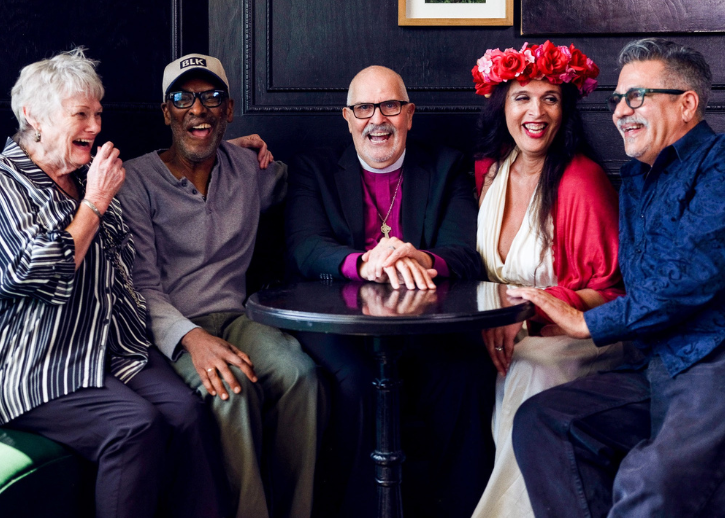
LGBTQ+ Trailblazers in Los Angeles
Students will be able to reflect on the impact of LGBTQ+ trailblazers in Los Angeles and engage in collaborative discussions about identity, advocacy, and representation through a nine-part video series, developed by It Gets Better, One Institute, and MSNBC.
9-12th Grade
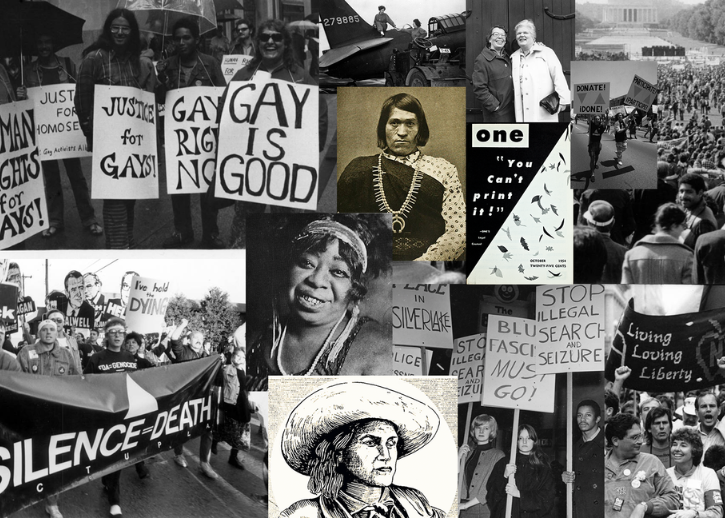
Teaching LGBTQ History
This site serves as a comprehensive reference hub for information regarding the FAIR Education Act, as well as for CA History Framework lesson plans and general LGBTQ lesson plans, organized by Our Family Coalition and One Institute.
K-12th Grade

Youspeak Radio
Youspeak Radio is an audio project that showcases intergenerational conversations with California community trailblazers, led by LGBTQ+ youth.
